The best month to visit Vietnam and Cambodia is during the dry season. This allows travelers to conveniently explore historical sites and participate in outdoor activities.
Vietnam and Cambodia are 2 neighboring countries with beautiful cultures, mesmerizing natural landscapes and excellent travel experiences. Once both French colonials and home to Khmer people (the whole of Cambodia and the South of Vietnam), these 2 countries shared some special features in architecture, culture, and customs. Therefore, the Vietnam-Cambodia trip is one of the best routes to discover Southeast Asia. If you are struggling with the best month to visit Vietnam and Cambodia at the same time, this article is for you. Since the answer may vary, we are going to analyze it from a different time of the year for you to decide.
1. About Vietnam and Cambodia's weather
1.1. Vietnam weather
Extending almost 1,600 kilometers from north to south, the climate of Vietnam changes dramatically from tropical to moderate. That is the reason why Vietnam is a great destination all year round with its diverse landscape. Let's dive in the country’s weather vertically.
Northern Vietnam: The northern region of Vietnam, which is home to popular tourist destinations like Hanoi, Halong Bay, Sapa, and Ha Giang, has four distinct seasons: spring, summer, fall, and winter. From December to February, the northern region of Vietnam goes through a harsh and dry winter with temperatures dropping as low as 4 degrees Celsius at night. May through August is usually when you can expect extremely hot and humid weather. It is recommended to visit northern Vietnam in the spring (March to April) or fall (September to November) when the weather is usually pleasant and bright. However, it's notable that Northern Vietnam has very few stunning beaches, while mountainous areas are truly a gem to dive into the exotic minorities and culture.
Central Vietnam: The central part, with a highlight on Danang, Hoi An, Hue, and Phu Yen, is a well-known destination for beach holidays but cannot avoid typhoons that frequently strike central Vietnam's coast during the rainy season. The exact timing of typhoon seasons, which may bring hurricane-force winds and heavy rain to coastal communities like Hoi An, is uncertain but often occurs between August and November. In February, you may anticipate milder weather and more sunshine as the rainy season often ends. The weather in Central Vietnam is beautiful from February to August, although July and August are when you can expect sunny days with temperatures of 30°C on the regular.
Southern Vietnam: The more southern you go, the more consistent the weather is. The seasons are only divided into 2 separate parts: dry and rainy ones (Saigon and Mekong Delta are the main attractions here). December–May is typically the dry season, whereas June–November is the rainy season. Rain typically falls in brief spurts and hardly affects traffic, however flooding is possible. As a matter of fact, many tourists find that the Mekong Delta is at its most picturesque during the monsoon season when the rice fields take on a verdant hue and dramatic thunderstorms roll over the sky. Temperatures that often approach 40°C from March to May, nevertheless, maybe too much for others.

1.2. Cambodia weather
Cambodia is not a long country like Vietnam but expands more in the horizontal line. With its latitude similar to the South of Vietnam, the weather of Cambodia is quite straightforward with 2 distinct seasons: dry and rainy seasons.
Every season in Cambodia has its own unique perks, so really, any time of year is fine for a trip there. Throughout the year, Cambodia has hot and humid weather. During the day, temperatures hover around 30 degrees Celsius, while they dip a bit at night. The driest months are November through May, while the rainiest are June through October. More importantly, depending on your goals for your time in Cambodia, you may enjoy the country more fully during either of its two distinct seasons. The best places to visit in Cambodia are Siem Reap, Phnom Penh, Mondulkiri, Sihanoukville, and Kampot.
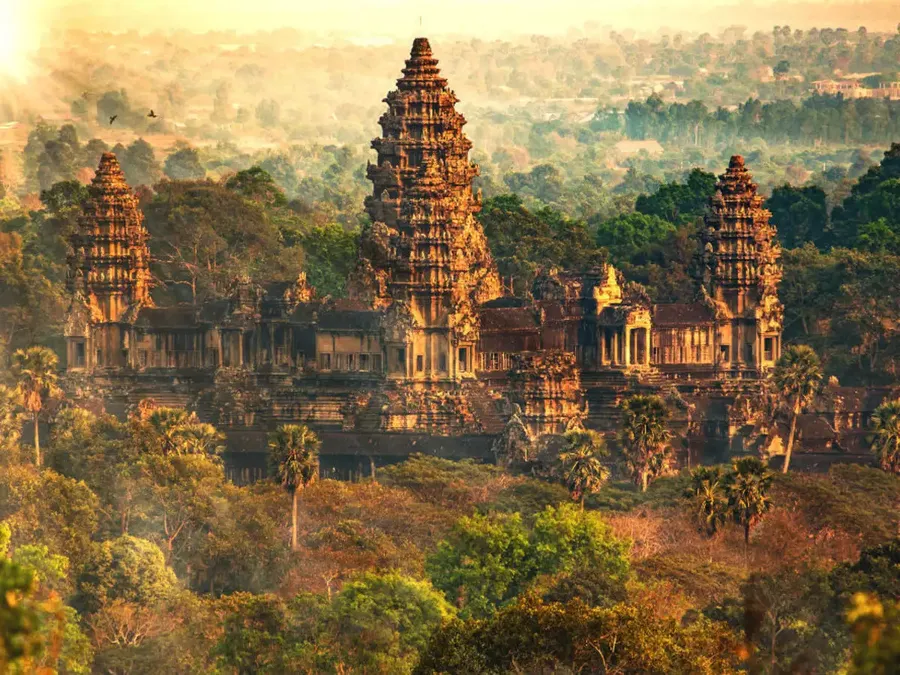
2. Which is the best month to visit Vietnam and Cambodia?
Taking into account the weather and activities available in both countries, here is our understanding of the seasons (pros and cons) to visit Vietnam and Cambodia. The best months to visit Vietnam and Cambodia may vary from person to person.
2.1. The dry season: December to April
Most people agree that Vietnam and Cambodia are at their most beautiful days between the months of November and April. For those who want to explore without the unpredictability of monsoon showers, these months are perfect for traveling because both nations are in their dry seasons. This means that temperatures are cooler, humidity is lower, and there is less rainfall. This period of time also features many fascinating festivals all year round: New Year, Vietnamese Tet holiday or Lunar New Year (normally February), Cambodia New Year or Chaul Chnam Thmey (~ mid-April),...
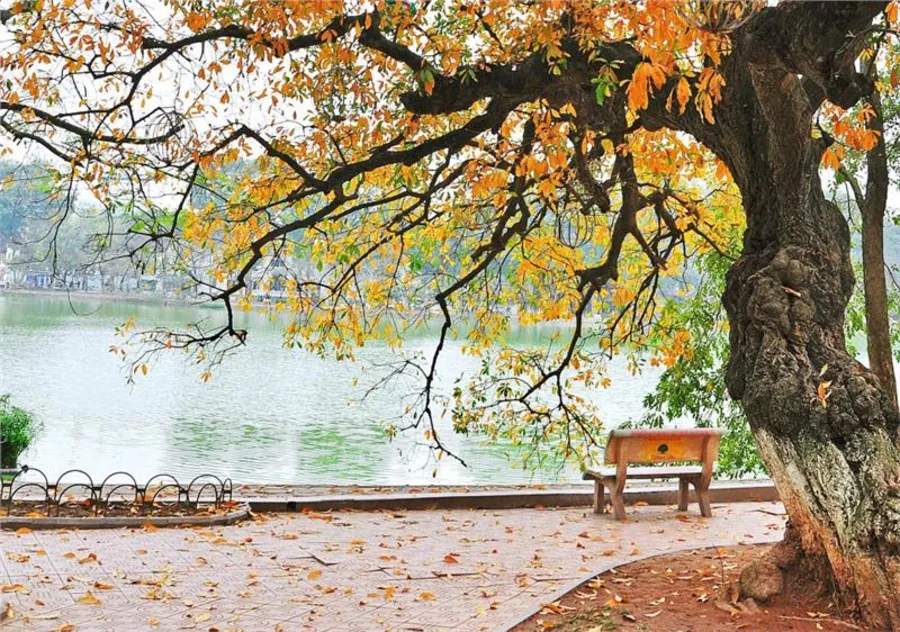
However, as December to April are the best months to visit Vietnam and Cambodia, the number of tourists also increases than normal. You should expect long lines at some major attractions and crowd noise. For example, Angkor Wat is extremely busy during peak times, and we are pretty sure you don’t want to wait for hours to get the ticket. Therefore, it may create discomfort when traveling with a crowd. Buying tickets in advance might be a good solution but if you want to hide the crowd, please consider other months.
2.2. The wet season: June, July and August
June through August is the low travel season in Vietnam and Cambodia, which also happens to be the rainiest month. The higher rains and hotter temperatures during this season make it less desirable for visitors, especially in rural and underdeveloped regions where infrastructure can be damaged by flooding.
If you are willing to brave the weather, there are benefits to traveling during the off-season. The Imperial City of Hue and Angkor Wat, both of which are listed as UNESCO World Heritage Sites, will be far less congested than they are during the shoulder season, and you will encounter even fewer people. Because of this, you may have a calmer, more personal experience. The weather is also pleasant, with brief but strong downpours that let you enjoy the scenery in all its verdant glory as you wait for the rain to subside. As another tradeoff for the weather, you probably get a nice deal from transportation, as well as travel packages.
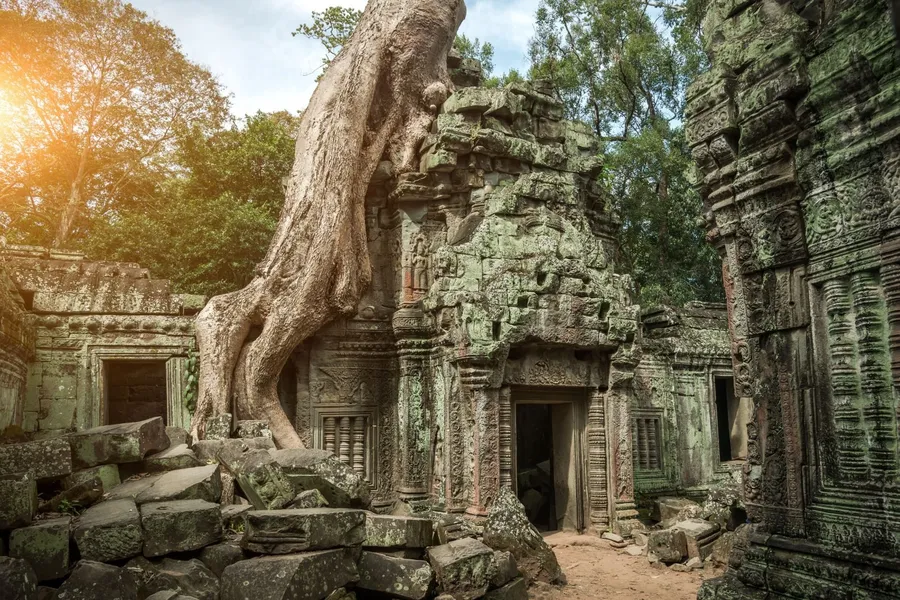
One disadvantage of the off-season, besides the weather, is the increased likelihood of travel delays caused by inundation and muddy country roads brought on by heavy rains. This can render some regions inaccessible. Typhoons are more likely to occur in coastal areas, and the excessive humidity is another unpleasant factor. If that does not affect your plan much, you are ready to go.
As the weather may change spontaneously, travelers choosing to go during these months should have a flexible plan with an indoor and outdoor attraction list.
2.3. The shoulder season: May, September - November
During the months of May and October, which are Vietnam and Cambodia's busiest travel months, you'll find the shoulder seasons. The advantages of the peak season and the disadvantages of the low season might be balanced out throughout these months.
Fewer crowds and a more genuine experience are possible during the shoulder season because fewer visitors are likely to be visiting. Also, you could get greater one-on-one attention from tour guides and other service providers, and lodging and tour fees might be cheaper.
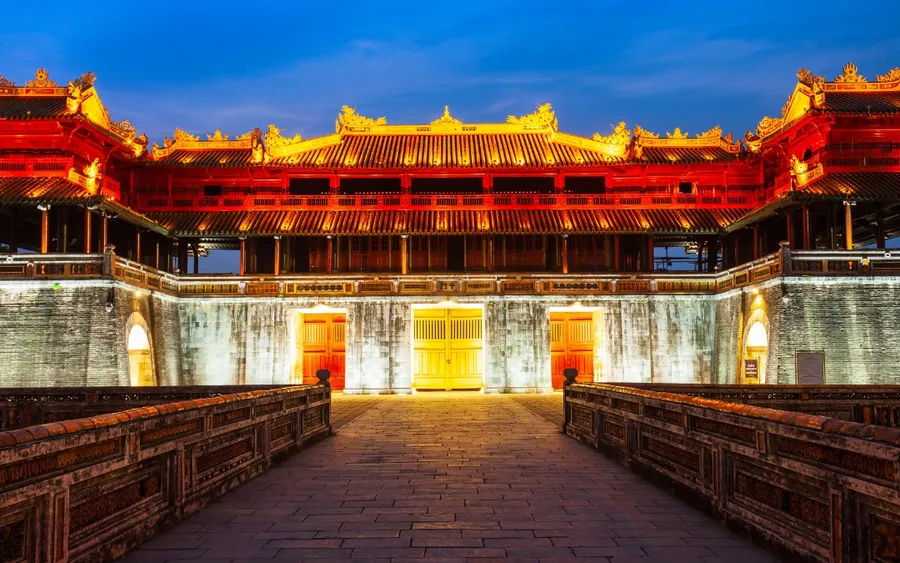
But the weather isn't always predictable; for example, in May, there's a potential of early or late monsoon rains, and in October, there's a chance of heat and humidity building up. Outdoor plans and activities might be impacted by these circumstances.
Best places to see in Vietnam and Cambodia during this season are Hanoi, which (September-November) is at its most beautiful time of the year; Halong Bay, which is away from the storm season; Tonle Sap Lake in Cambodia which expands its flow during this time, making it a great opportunity to be immersed in this natural wonder.
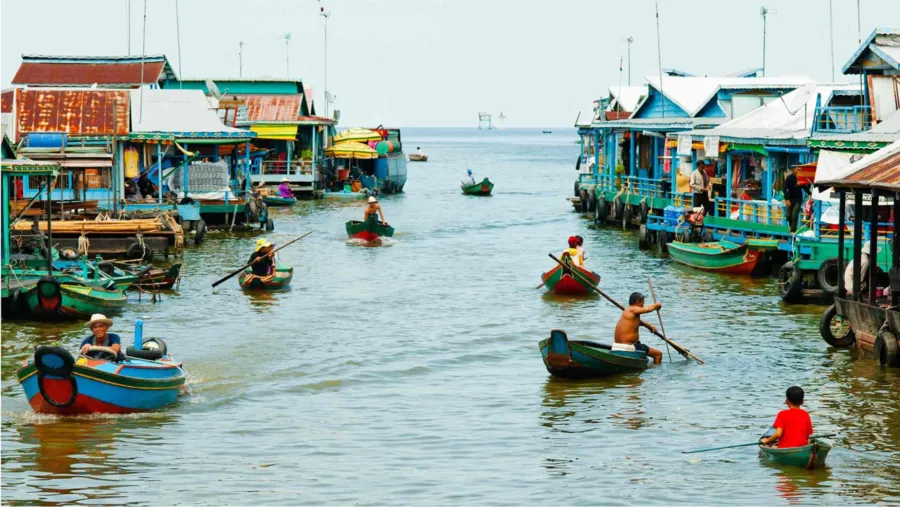
In case you are a casual tourist, the best months to visit Vietnam and Cambodia are the peak or shoulder seasons with more stability in the weather. If you are into something more spontaneous and adventurous, the offseason is not a bad choice. It is all about what you prefer.
In short, the dry season, which lasts from December to April, is the best time to travel to Vietnam and Cambodia. During this season, the weather is fine and ideal for outdoor activities. However, the rainy season from June to August can also be a great time to visit. It is off-season with the lush landscape and fewer crowds.
We hope this article helps you decide when to start your exciting journey to Vietnam and Cambodia—two countries that will fill you with amazing experiences and unforgettable memories, making you want to come back for more.
See more articles:
>> The 10 Most Famous Places to Visit in Cambodia
>> How to Plan the Best North Vietnam Itinerary?
>> 10 Most Beautiful Natural Wonders in Vietnam
>> Top 15+ Cambodia Festivals & Public Holidays
>> Cambodia’s Beaches: The Hidden Tropical Paradise
Get more ideas for Best-rated Vietnam and Cambodia Tours










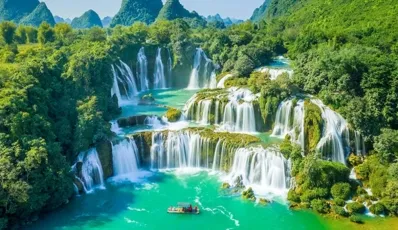
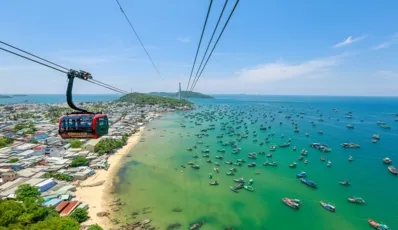
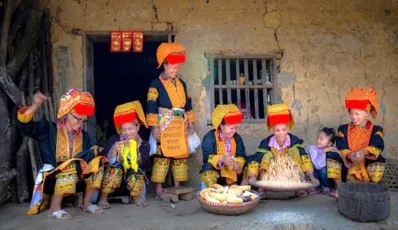
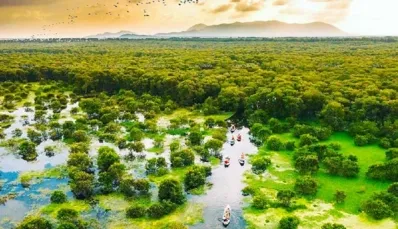
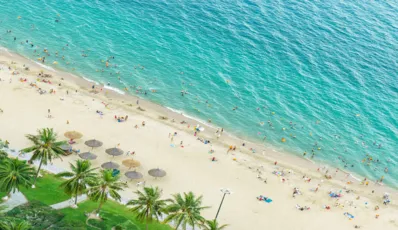
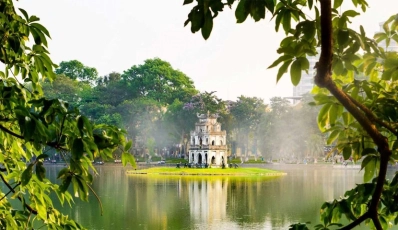





 TRAVELERS' CHOICE 2025
TRAVELERS' CHOICE 2025 


